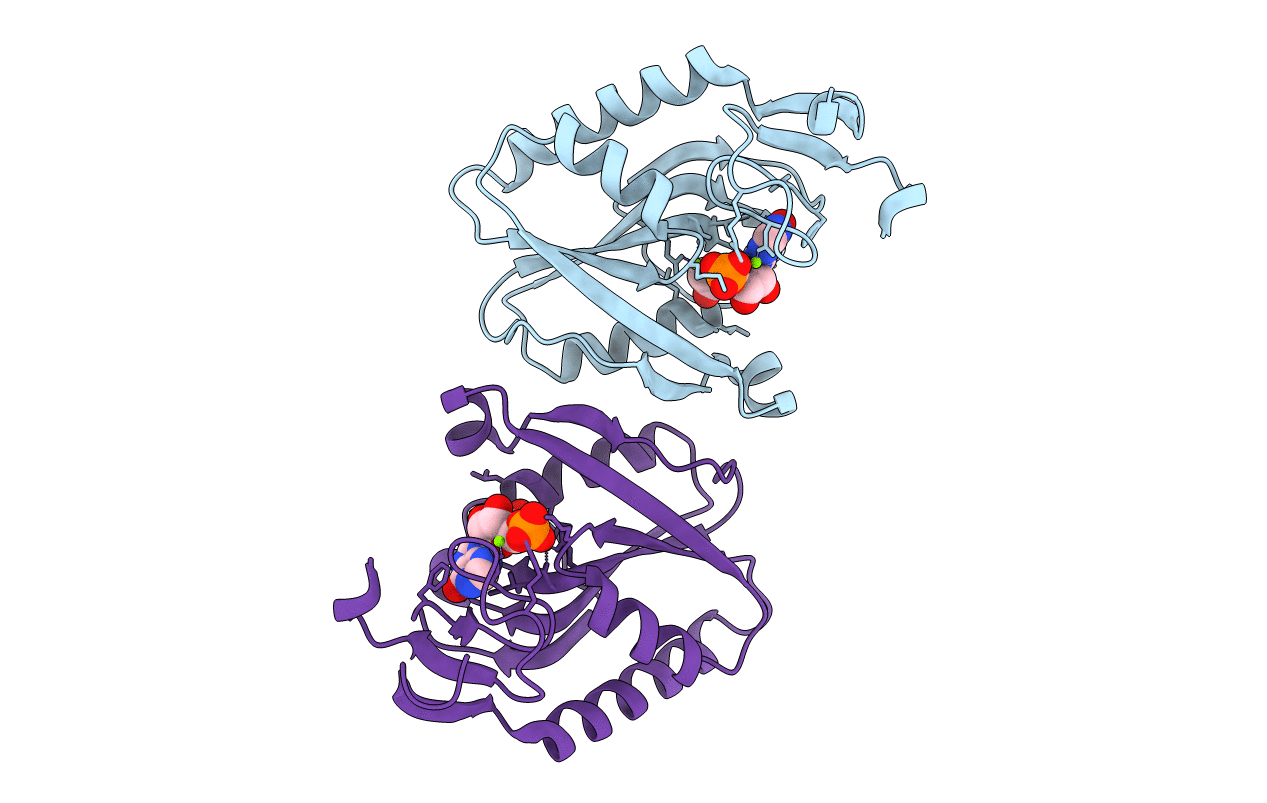
Deposition Date
2005-01-04
Release Date
2005-05-10
Last Version Date
2023-08-23
Entry Detail
PDB ID:
1YFZ
Keywords:
Title:
Novel IMP Binding in Feedback Inhibition of Hypoxanthine-Guanine Phosphoribosyltransferase from Thermoanaerobacter tengcongensis
Biological Source:
Source Organism:
Thermoanaerobacter tengcongensis (Taxon ID: 273068)
Host Organism:
Method Details:
Experimental Method:
Resolution:
2.20 Å
R-Value Free:
0.24
R-Value Work:
0.21
Space Group:
C 2 2 21


